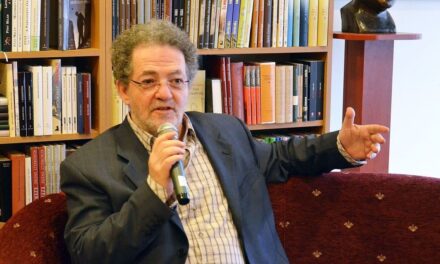This time, the much-talked-about "draw to the winner" prevailed, and even now, many more people remembered that they were there to vote than actually voted - this is also shown by the latest Median analysis prepared for HVG.
As the last Median survey before the election indicated, the majority of the voting public, 66 percent, expected the victory of Fidesz, even a third of the opposition believed this to be the case. In a way, this is confirmed by the opinion poll data one month after the election, according to which
one in four of the opposition voters claims that even the two-thirds victory of Fidesz-KDNP did not surprise them, they expected it.
Among the entire population, those who believe that "things are going in the right direction" in the country have gone from a minority (44 percent) to a majority (54 percent), and every second voter and every third non-partisan, "uncertain" respondent view the situation with hope rather than concern. into the future. Even those who supported the losers had a gloomy outlook, albeit only by a hair's breadth (from 95 to 92 percent).
Regarding the distribution of votes, the data of the current Median survey match the official final result quite well: 54 percent of those who responded to the survey said they were Fidesz-KDNP voters (the actual percentage on the list was 52 percent), 34 percent were opposition (in reality 36 percent), and in contrast to the actual 6, 8 percent claimed that their votes also contributed to Mi Hazánk getting into the parliament.
So, the much-talked-about "pulling to the winner" prevailed somewhat this time, this time not only in the case of Fidesz-KDNP, which actually finished in the lead, but also in relation to the Mi Hazánk Mozgalom, which performed somewhat unexpectedly well. Voters sided with the winning government party a little more when Median's pollsters asked them about an imagined election "to be held in the near future". At that time, 57 percent of those who could choose voted for Fidesz-KDNP, and the relative winner Mi Hazánk also added 1 percentage point to the vote share recalled by those interviewed.
This 9 percent jump among eligible voters compared to the 4-5 percent support of the party led by László Toroczkai in the last forecasts. All in all, Mi Hazánk took over Jobbik's former role (between 2014 and 2018) to the extent that
can be considered the strongest opposition party one month after the elections:
It is 1 percentage point ahead of DK and 1 more than Momentum. Of course, these are differences within the margin of error, but their symbolic importance cannot be neglected.
Source and full article: mandiner.hu
Featured image: MTI












